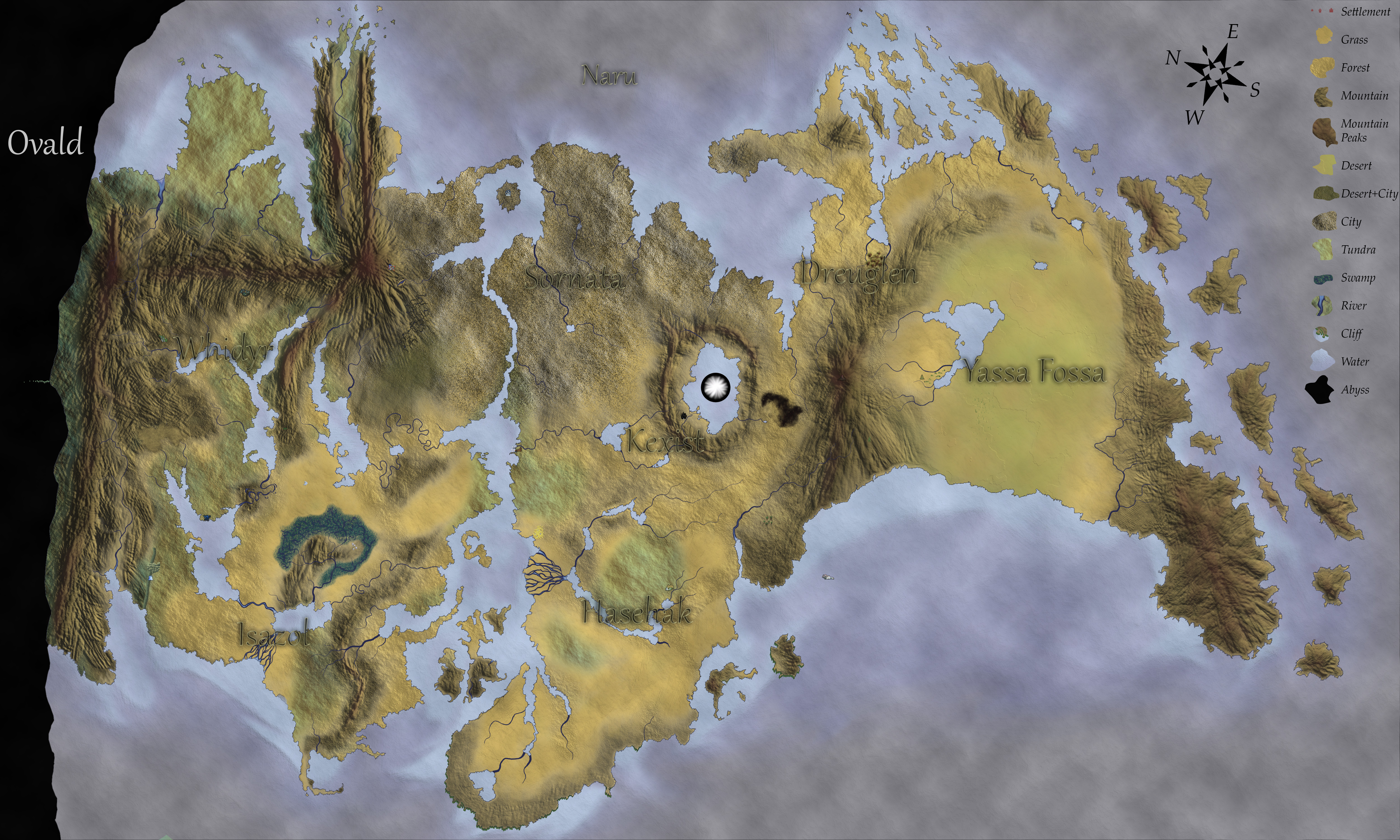Alchemy
Alchemy, aka chemistry, is the manipulation of chemicals. This includes but is not limited to: bonding chemicals to make a structure, having chemicals react to generate new chemicals, and on the more difficult side, manipulating the Reln within a chemical to change its properties.
Chemicals
A chemical is any stable structure of multiple reln that is able to repeat in a fractal or tessellation. As the universe is a stained-glass structure of reln that is everything, the bounds of a given chemical are hard to define, especially with the universe having constant flux or change. Generally, the rule is that any structure that does not change and can attach to structures like itself is defined as a chemical. In practice, this creates spaces of chaos where there isn't a given structure of reln within a given area and chemical where there is. These empty spaces are tiny and the universe is approximately filled with the structures of chemicals. For example, a simple chemical of argon consists of mostly kag and mur with typically the reln dictating its state being wox. A chemical's properties can be changed by outside forces, such as iron normally being a solid but with a large enough density of nep in the location it needs to be to be iron, it will melt. This can be done by introducing fire to draw out the mur and jyk from it, offsetting that balance, and having nep fill in. Just submerging iron in a high-nep substance such as water will cause a different kind of reaction where the parts of the iron that are touching the water will be rotated, changing their chemical make-up and becoming rust. This is further explained in Bonding.Properties
The properties of reln, such as Bil allowing for color or the properties of having a viewable existence or wox allowing for other reln to move through time and space, are represented in a chemical's properties. This is everything about the chemical from how it interacts with other chemicals, how it looks, what state it's in (liquid, solid, gas), and what emotion it provides to a living being when encountered (some like hormones provide more deep or understandable emotions where Kolzire provides emotion more based on what it represents in a cultural context.A Chemical's physical and spiritual properties are defined by the following aspects of the reln that make up the chemical:
- What reln are present within the chemical.
- Rotation in relation to the reln within a chemical.
- The density of a continuous reln within a chemical. IE: how much reln is located in one spot of space and time
One reln interacting with another defines further properties. For example, the color/transparency is put into effect by bil. Bil will have the chemical be green due to a high presence of kag (or a specific rotation or proximity/density of it). All the factors below influence what the outcome of a given reln's expression will be
- How the density of one continuous reln within a chemical is dispersed.
- The shape of the relns within a chemical.
- The outcome of all reln having their emotions mixed.
- The velocity of the reln, how it's moving through space and time. Typically, the fact that a chemical is stable means the velocity of the reln are extremely similar. For more reactive chemicals, this is not quite the case.
- How the chemical is perceived. This includes any will of a living being put into the chemical.
Reln do not have a uniformity in how dense each part of the continuous reln is. Think of how a fireplace has a higher density of air towards the ceiling compared to the floor. It's all still air, just one is more packed full of that thing.




Comments